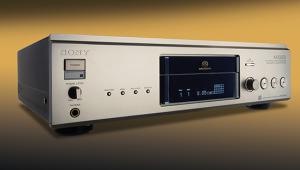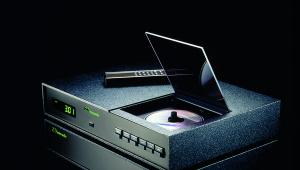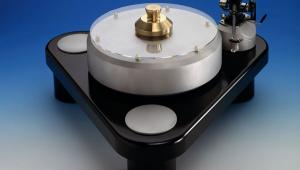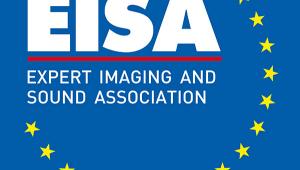Conrad-Johnson ART Preamp

 Martin Colloms shows some ART appreciation as the US company celebrates 30 years with a statement single-ended line-only preamp
Martin Colloms shows some ART appreciation as the US company celebrates 30 years with a statement single-ended line-only preamp
Conrad-Johnson's 'Anniversary Reference Triode' has been some time in the making. In fact, an early version was developed seven years ago which has since been used as a lab reference. The ART is simply a remote-controlled line preamplifier, which at £15,000 is priced far beyond any previous Conrad-Johnson offering in this sector. It will be made in a limited edition of just 250 – probably just right for a modest production run at this elevated price level.
Stacks 'N' Shares
Up until recently, the C-J Premier 7b has set the reference standard for preamps, but this has now been pipped at the post by the successful duo of Premier 14 (line control) and 15 (phono equaliser unit), similarly priced but available as separate units according to system need. At present, Conrad-Johnson doesn't feel it can better the Premier 15 disc equaliser, which is also considered to be fully compatible with the ART.

This single-ended preamp is presented as two stacking units, unified by a diagonal styling element formed by the horizontally layered cages protecting the valves. A short cable links the microprocessor control between the two mono chassis, keeping them in synchronisation. Small round windows delineate the display for volume level, in 100 steps, their differential readout indicating user settings for channel balance.
A machined-from-solid remote control is provided, finished in satin gold anodising, with buttons to select for two tape loops, external processor units, mute and five more line inputs. Raising the volume automatically unmutes the unit.
The very small volume display was an irritant. This is particularly pertinent since frequent checking of the levels of both channels is necessary, due to the unfortunate placement of the balance button directly under the volume 'up' bar on the remote handset. It falls naturally under the thumb and it's all too easy to disturb channel balance while adjusting volume. Balance is a little-used, secondary function, and I think it should have been tucked away further up the handset panel.
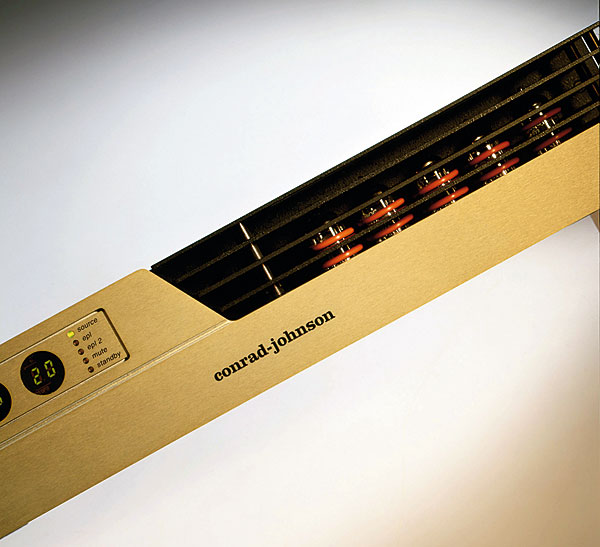
While I got used to the clicking relays in the volume control, they do remain a distraction. However, these relays provide the basis for one of the most musically transparent attenuators in the business.
Technology
Hitherto, valve preamps with usable gain have, at best, employed two stages and often three for the circuits to work effectively. The occasional single-stage design has emerged, generally with matching problems due to high output impedance and inadequate output current. Conrad-Johnson's ART is a single-stage unit, which, other than a passive controller, represents the shortest signal path possible. Yet it achieves wide bandwidths, low noise and good matching. This challenge is met by using no fewer than ten wide-band, moderate-impedance triodes per channel, paralleled into a single inverting gain stage, in pure Class A. The 6922 used (ECC88 equivalent) is a high-quality double-triode, with five needed for each paralleled set per channel.
Unfortunately, a single-ended, zero feedback stage has no immunity to noise, distortion or coloration arising from the internal power lines. However, such a clever, super-short amplifying stage is useless without power supplies also executed to audiophile standards. Appropriately enough, the latter also use zero loop feedback, follower-type stabilisers.
Chock-Full
All amplifiers require capacitors. Even DC coupled circuits rely on capacitors for power reservoir duty and decoupling, inevitably imposing some signature on the signal. In the ART the chosen capacitors define the build – what you see is what you get: they dominate the interior casing. And what amazing capacitors they are – Conrad-Johnson's own design of tin-foil polystyrenes, massive 2µF/250V affairs. And each channel is chock-full of them, 36 or 38 in all. Arranged in great paralleled banks, they guarantee the intrinsic sound of the triple-cascaded stabilised power supplies, and also couple the precious audio signal to the outside world.

Selected, gold-contact, gas-filled NEC relays switch the input and tape circuits, while more relays operate the array of Vishay metal-foil resistors in the input attenuator, or volume control. This is microprocessor controlled. The latter also deals with the span allowed for control of channel balance, these settings averaging 0.5dB resolution. All remotely critical resistors are also by Vishay, even in the power supplies.
Meanwhile, silver/PTFE cables link the signals to and from the amplifier board – the latter reinforced by a metal frame and floated on a resilient vibration decoupling suspension, helping to minimise microphony. All signal connections are via gold-plated phono sockets, with a Teflon dielectric.
The ART is built as two separate channels, each in its own enclosure; thereby intrinsic channel separation approaches infinity, and is limited only by the sources. Each channel has its own mains transformer and power supply so there are consequently two mains cables. Even the control relays are run from a regulated supply, an extreme precaution against noise.
What would have been an uncomfortably high output impedance with a single triode, is held to a tenth in this design, with commensurate gains in bandwidth and noise floor. A high 5000ohm output impedance is thus reduced to a moderate 500ohm with those ten triodes in parallel.
![]() Purple Prose
Purple Prose
Nothing can prepare you for the sound quality of this line stage. On first hearing you are taken right back to the lavish descriptions penned, generally in purple prose, by US audio critics luxuriating in the performance of such earlier classics as the Audio Research SP10 or the first Premier 7. When the exemplary achievement of the Premier 14 line preamplifier is considered, until now taking top honours for an SE (single-ended) design, the ART astonishes. It's amazing just how much better it is still possible for a line amplifier to sound.


